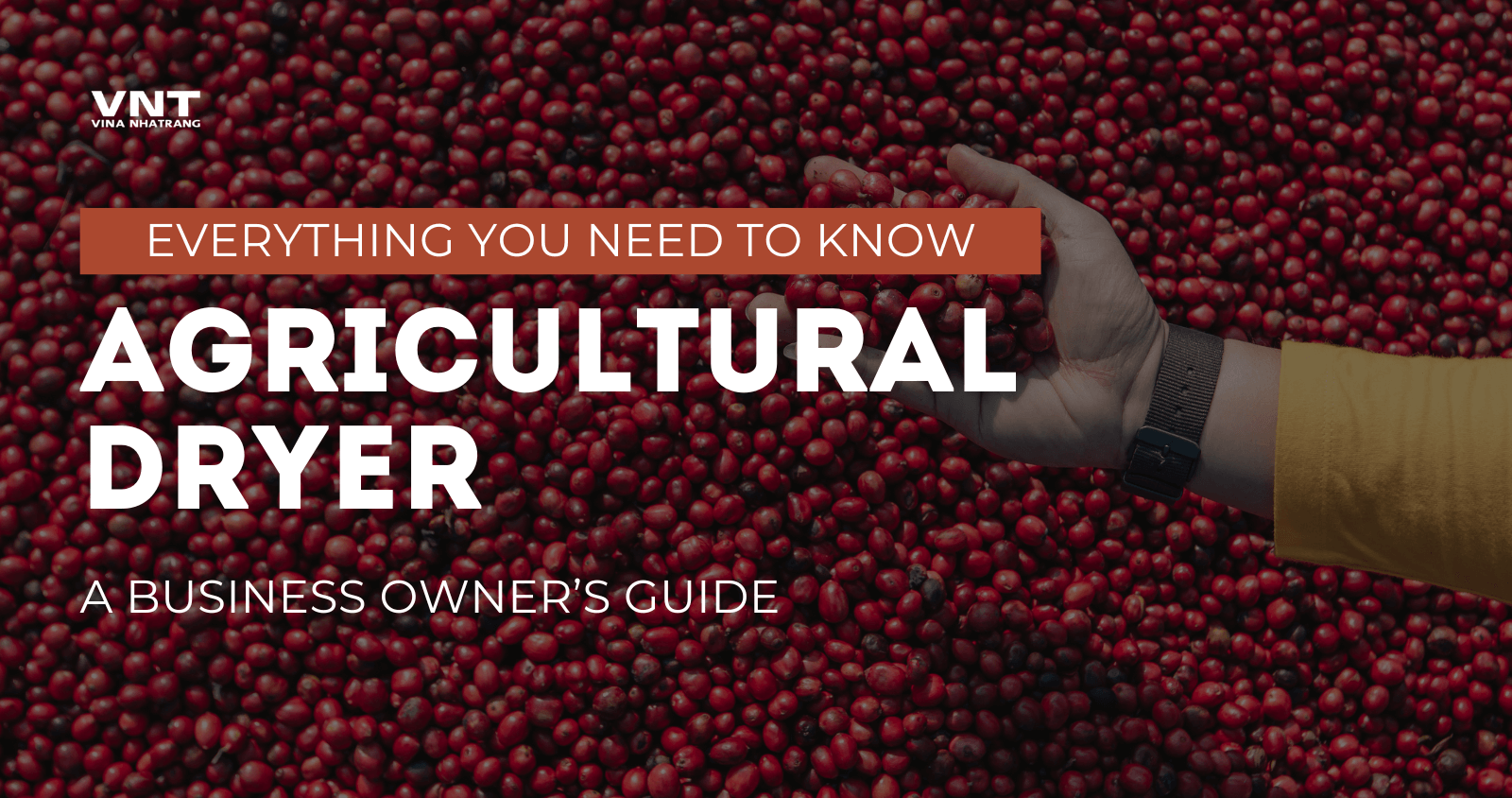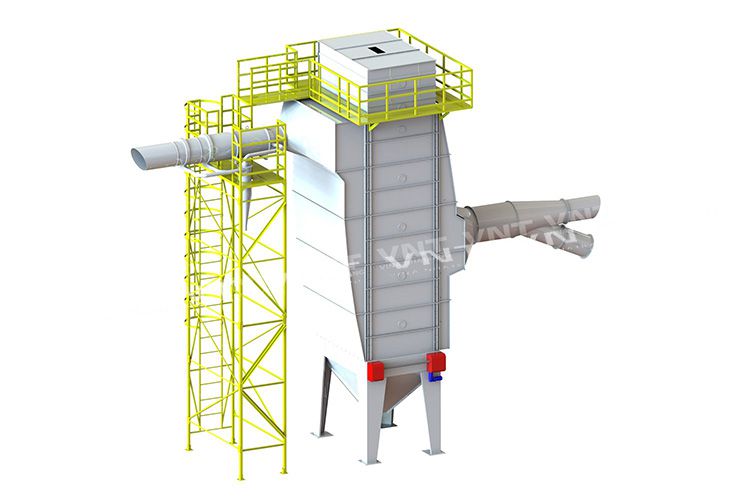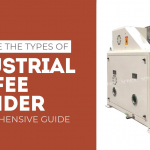In the world of agriculture, efficiency and quality are paramount. As a business owner in the agricultural sector, you’re constantly seeking ways to optimize your operations and maximize your profits. One crucial aspect of this optimization is the drying process for your crops. Enter the agricultural dryer – a game-changing piece of machinery that’s revolutionizing how farmers handle their harvest.
Drying is a critical step in agriculture, particularly for crops like cereals and legumes. It’s not just about removing moisture; it’s about preserving quality, preventing spoilage, and preparing your produce for storage or sale. In this post, we’ll delve into the world of agricultural dryers, exploring what they are, why they’re essential, and how they can benefit your agricultural business.
What is an Agricultural Dryer?
An agricultural dryer is a specialized piece of equipment designed to remove excess moisture from crops, primarily cereals and legumes. This process is crucial for maintaining the quality of your harvest and ensuring it’s suitable for long-term storage or immediate sale.
The primary function of an agricultural dryer is to reduce the moisture content of coffee beans to an optimal level, typically around 11-12%. This process is critical for several reasons:
- It halts fermentation, preserving the coffee’s desired flavor profile.
- It prevents mold growth and other forms of spoilage.
- It prepares the beans for storage and transportation.
There are two main types of agricultural dryers you should be aware of:
- Mobile Dryers: These are portable units that can be moved around your farm or processing facility as needed. They offer flexibility and are ideal for smaller operations or those with multiple processing sites.
- Tower Dryers: These are stationary units, typically larger and with higher capacity than mobile dryers. They’re well-suited for large-scale operations and often feature more advanced control systems.
The structure of an agricultural dryer typically consists of two main parts:
- The Head: This contains the burner, fan, and control panel.
- The Drying Cylinder: This is where the coffee beans are held and exposed to the warm air that removes moisture.
Advantages of Using an Agricultural Dryer
Investing in an agricultural dryer for your business can yield numerous benefits:
- Preservation of Nutritional Value: Proper drying helps maintain the nutritional content of your crops, ensuring they retain their value for consumers.
- Prevention of Spoilage: By reducing moisture content, you significantly decrease the risk of mold growth and bacterial contamination.
- Long-term Storage: Dried grains can be stored for extended periods without degradation, allowing you to sell when market conditions are most favorable.
- Risk Mitigation: Having the ability to quickly dry and store your harvest provides a buffer against bad weather or poor harvest seasons.
- Increased Productivity: Agricultural dryers can process large quantities of crops quickly, reducing labor costs and increasing overall efficiency.
- Higher Profits: By preserving crop quality and allowing for strategic selling, you can command better prices for your produce.

When comparing mobile dryers and tower dryers, each has its advantages:
- Mobile Dryers:
- Flexibility to move between different locations.
- Ideal for smaller operations or those with multiple processing sites.
- Generally lower initial investment.
- Easier to resell if needed.
- Tower Dryers:
- Higher capacity for larger operations.
- More energy-efficient for continuous operation.
- Often equipped with more advanced controls and monitoring systems.
- Lower operating costs per ton of grain dried.
Operation of an Agricultural Dryer
Understanding how an agricultural dryer works is crucial for optimizing its use on your farm. The drying process involves the partial separation of water from grains, reducing moisture content to a level that prevents spoilage while maintaining quality.
The operation of an agricultural dryer typically involves four main phases:
- Loading: Crops are fed into the dryer, typically via a conveyor system or auger.
- Drying: Hot air is forced through the grain, removing moisture. The temperature and duration are carefully controlled to avoid damaging the crop.
- Cooling: After drying, the grain is cooled to prevent condensation when stored.
- Discharge: The dried and cooled grain is then moved to storage or prepared for transport.
It’s important to note the distinction between mobile dryers and tower dryers in terms of their operation:
- Mobile Dryers typically operate on a discontinuous cycle. This means they process one batch of coffee beans at a time, going through all four phases before starting a new batch.
- Tower Dryers, on the other hand, often operate on a continuous cycle. Grain is constantly moving through the system, with wet grain entering at the top and dried grain exiting at the bottom, allowing for non-stop operation.
Different Types of Dryers and Their Applications
While mobile and tower dryers are the most common categories, there are several specific types of dryers that you might consider for your coffee business:
- Continuous Flow Dryers: These dryers move grain continuously through different temperature zones. They’re excellent for large-scale operations with a consistent input of wet beans, commonly used for corn and wheat.
- Batch Dryers: These process one batch of grain at a time. They’re versatile and can handle a variety of grains, making them popular for mixed farming operations.
- Drum Dryers: These rotate the grain in a cylindrical drum while exposing them to warm air. They’re known for their gentle handling for preserving delicate flavors and effective for a wide range of crops, including fruits and vegetables.
- Fluid Bed Dryers: These use a strong upward air current to lift and separate the coffee beans, drying them very evenly. They’re particularly good for light-roast coffees where maintaining the bean’s original characteristics is crucial.
- Solar Dryers: While not as precise as mechanical dryers, advanced solar dryers can be a sustainable option for small to medium-scale operations in sunny climates.
- Vibrating Dryers: These dryers represent an innovative approach to drying coffee beans. The gentle, even drying process helps maintain the integrity of the bean’s cellular structure, potentially leading to a more complex and nuanced cup profile.
- Cocoa Drying Systems: These systems are critical in cocoa processing as proper drying significantly impacts the final flavor and quality of chocolate products. Cocoa Drying Systems can be integrated with fermentation units, creating a seamless post-harvest processing line. This integration can lead to significant improvements in efficiency and quality control.

VNT’s Cocoa Drying System
Conclusion
Agricultural dryers are indispensable tools for modern farming operations of all sizes. They play a crucial role in preserving crop quality, reducing post-harvest losses, and maximizing profitability.
By optimizing drying times and costs, these machines allow you to:
- Maintain better control over your harvest quality
- Reduce dependency on weather conditions
- Improve your ability to store crops for strategic selling
- Increase overall efficiency and productivity of your operation
The key is to choose the right type of dryer for your specific needs. Consider factors like your typical harvest volume, the types of crops you grow, your available space and energy sources, and your long-term business goals.





